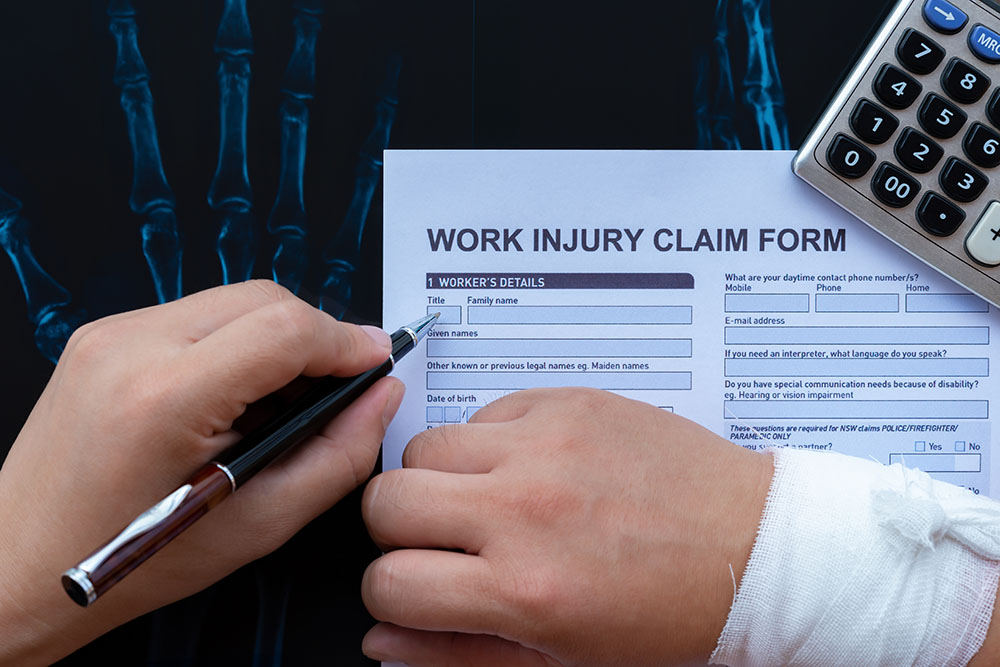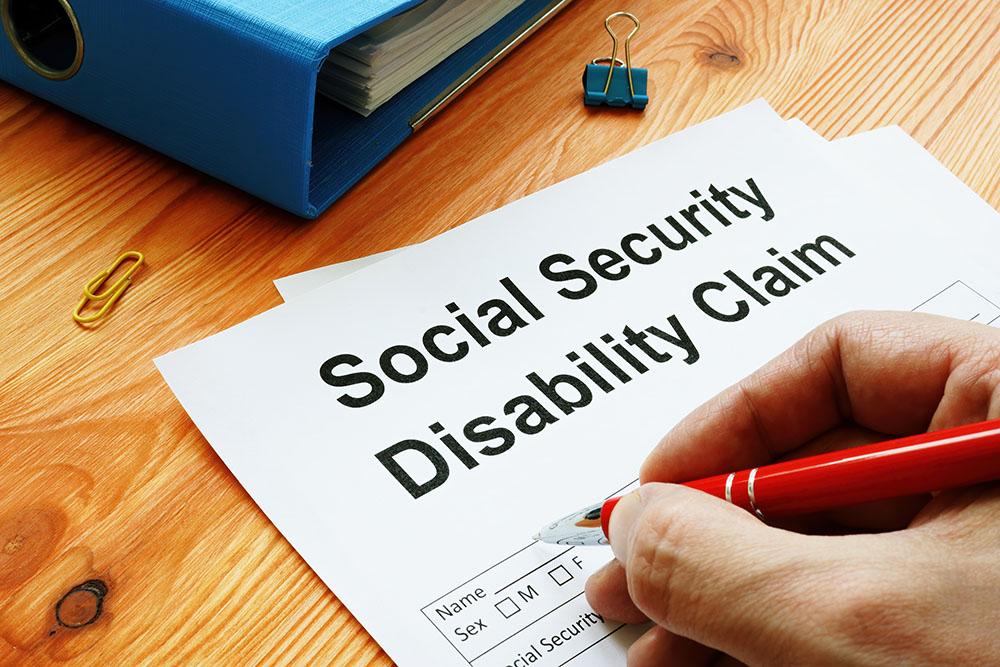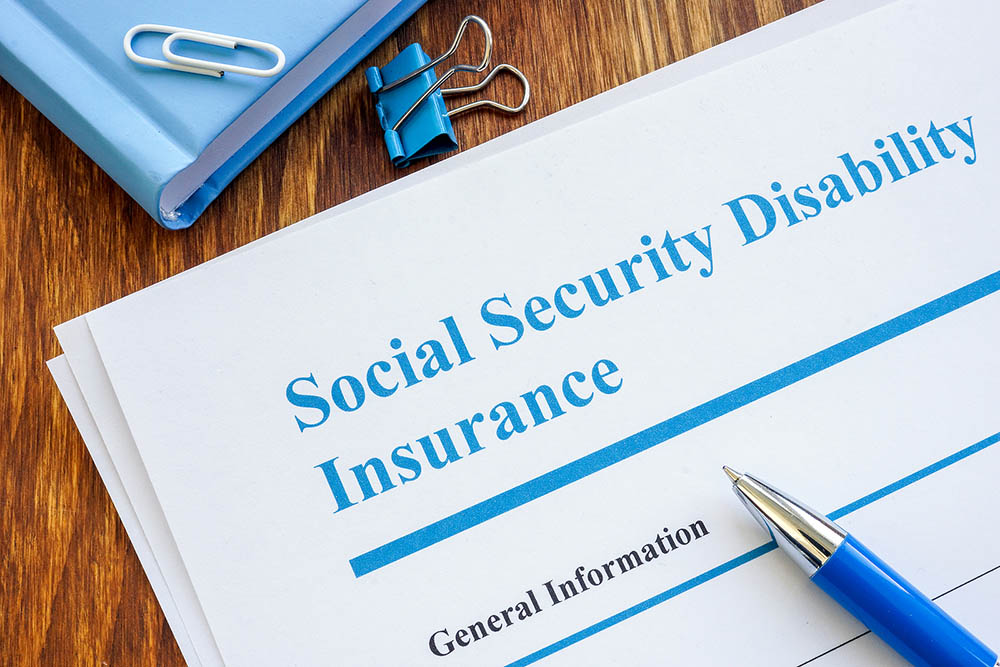Rideshare services like Uber and Lyft have become a convenient way to get around, but they are not without risks. Unfortunately, some passengers experience abuse from drivers. Understanding how to identify and respond to rideshare sexual harassment and abuse is essential for your safety and legal protection.
Knowing your legal rights and options puts you in a stronger position if you need to take action against a driver or rideshare company. Legal help is available to guide you through the process, from understanding your rights to choosing the right rideshare sexual assault lawyer for your case. This guide aims to provide you with practical steps and support to navigate the aftermath of rideshare abuse.
Recognizing Signs of Rideshare Abuse
Recognizing signs of rideshare abuse is the first step in protecting yourself. Abuse can take various forms, and knowing these can help you identify if you are in a dangerous situation.
1. Verbal Harassment
– This includes rude comments, inappropriate jokes, or threats. If a driver makes you feel uncomfortable with their words, it is important to take note of this behavior.
2. Unwanted Physical Contact
– Any form of touching without your consent is a warning sign. This could include touching your leg, shoulder, or any other part of your body. Physical abuse also encompasses more severe actions like grabbing or hitting.
3. Inappropriate Advances or Rideshare Sexual Harassment
– If a driver makes sexual comments or advances, this is a clear sign of abuse. Paying attention to comments that make you feel unsafe or pressured is crucial.
4. Erratic Driving
– Abuse isn’t always direct. If a driver is speeding, taking unusual routes, or ignoring traffic laws, this could put you in danger. Erratic driving can be a form of intimidation or control.
5. Refusing to Follow Instructions
– If the driver does not follow your directions, such as ignoring your desired drop-off location, it can be a form of control and abuse.
Recognizing these signs early helps you take immediate steps to protect yourself. Trust your instincts; if something feels wrong, it probably is.
Immediate Steps to Take Following an Incident
If you experience rideshare sexual harassment or abuse, it’s important to take immediate action to protect yourself and gather evidence for any future legal steps.
1. Get to a Safe Location
– If possible, end the ride and get to a safe place immediately. If you feel unsafe, ask the driver to stop in a public area where you can find help.
2. Contact Authorities
– Report the incident to the police right away. Provide them with all the details about the abuse, including the driver’s name, car description, and any other relevant information.
3. Document Everything
– Record what happened as soon as you can. Write down details like the time of the incident, the driver’s behavior, and any conversations that took place. If there are witnesses, try to get their contact information as well.
4. Report to the Rideshare Company
– Use the report feature in the rideshare app to notify the company about the incident. Include all relevant details so they can take appropriate action against the driver.
5. Seek Medical Attention
– If you were physically harmed, seek medical help immediately. Even if injuries seem minor, getting a medical report can be important evidence in your case.
6. Collect Evidence
– Take screenshots of your ride details from the app, including driver information and ride receipts. If possible, take photos of any visible injuries or damages.
7. Inform Trusted People
– Let friends or family members know about the incident for emotional support and safety. They can help you take further steps if needed.
Taking these steps ensures your safety and helps build a strong rideshare lawsuit if you decide to seek legal help. Immediate action is critical, so don’t hesitate to protect yourself and report the incident.
Legal Options and Rights for Victims
Understanding your rideshare lawsuit options and rights following a rideshare abuse incident is vital for seeking justice. There are several steps you can take to hold the abuser accountable and protect yourself.
1. Filing a Police Report
– Report the incident to the police as soon as possible. A police report is crucial evidence and strengthens your case if you pursue legal action. Be detailed and honest in your report.
2. Pursuing Compensation
– You have the right to seek compensation for any injuries, medical expenses, and emotional distress caused by the abuse. Consulting with a lawyer can help determine the best path to secure this compensation.
3. Civil Lawsuits
– Victims can file a civil rideshare lawsuit against the rideshare driver and possibly the rideshare company. Your attorney can guide you through this process and help gather evidence to support your case.
4. Protection Orders
– If you feel unsafe, you can request a protection order against the abuser. This legally prevents the driver from contacting or approaching you.
5. Company Accountability
– Rideshare companies have a duty to provide safe services. You can file a formal complaint with the company, which may lead to internal investigations and actions against the driver.
6. Understanding Your Rights
– Know that you have the right to a safe ride. Familiarize yourself with both local laws and company policies regarding passenger safety to make informed decisions.
By exploring these legal options and understanding your rights, you can take effective steps toward justice and recovery. Legal support is available to guide you through these complex processes.
How to Choose the Right Legal Support
Choosing the right legal support is essential for navigating the aftermath of rideshare abuse. Here are some key points to consider when selecting a lawyer.
1. Experience and Specialization
– Look for an attorney who specializes in personal injury law and has experience handling rideshare abuse cases. Specialized knowledge ensures your lawyer can handle the specifics of your situation.
2. Track Record
– Research the rideshare sexual assault lawyer’s track record for similar cases. An attorney with a history of successful outcomes can give you confidence in their ability to win your case.
3. Client Reviews
– Read reviews and testimonials from previous clients. Positive feedback from others who were in similar situations can help you make an informed decision.
4. Communication
– Choose a lawyer who communicates clearly and promptly. You need someone who keeps you informed and explains legal terms in a way you understand.
5. Consultation
– Many lawyers offer free initial consultations. Use this opportunity to ask questions, discuss your case, and get a feel for whether the lawyer is a good fit for you.
6. Fee Structure
– Understand the fee structure before hiring an attorney. Some work on a contingency basis, meaning they only get paid if you win your case, which can be a good option if you’re concerned about upfront costs.
Selecting the right legal support ensures you have the best possible representation. A skilled rideshare sexual assault lawyer can significantly impact the outcome of your case, providing the expertise and support you need during this challenging time.
Conclusion
Navigating the aftermath of rideshare abuse can be daunting, but understanding the signs, taking immediate steps, knowing your legal options, and choosing the right support makes a significant difference. Empowering yourself with this knowledge equips you to handle the situation more effectively.
At Greg Jones Law, P.A., we are committed to supporting you through every step of the legal process. Our team specializes in personal injury law and has the experience necessary to guide you through your rideshare abuse case.
If you or a loved one has suffered from rideshare sexual harassment or abuse, contact us today for a consultation. We are here to help you seek justice and ensure your rights are protected.




